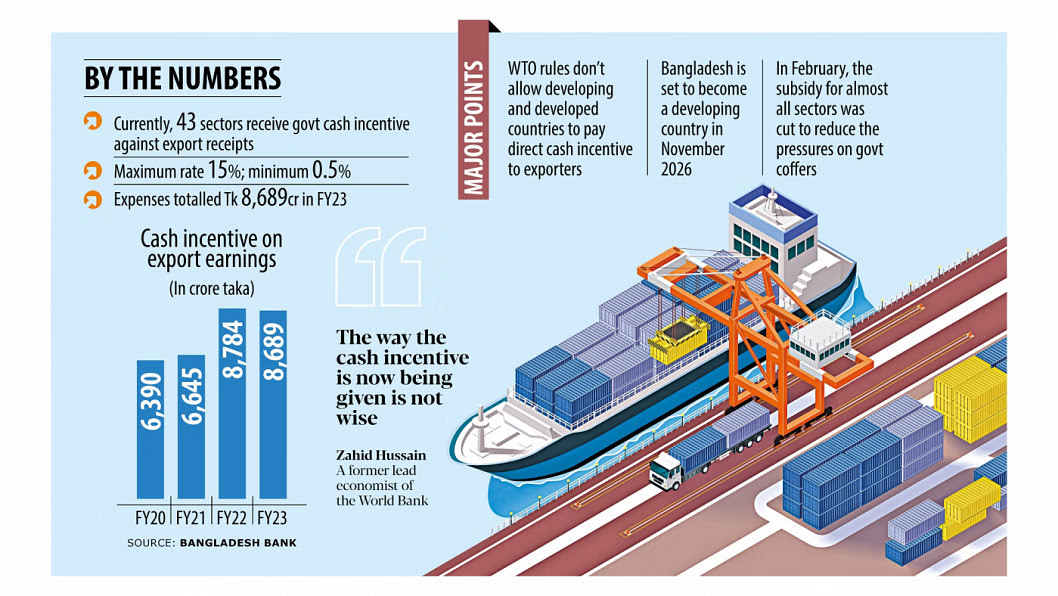A worker earned Tk9,984 per month in the April-June quarter of 2022 on average, while their living wage ranged from Tk19,200 to Tk26,000 – a gap of 51-60% between the actual income and the minimum need
The country’s readymade garment industry workers earn less than half what they need to fulfil their basic needs such as food, housing and healthcare, according to a South Asian Network on Economic Modeling (Sanem) report revealed on Sunday (1 January).
On average, a worker earned Tk9,984 per month in the April-June quarter of 2022, while their living wage – the required money to afford a decent standard of living – ranged from Tk19,200 to Tk26,000 depending on the areas they live, which means a gap of 51-60% between the actual income and the minimum need.
“To make up for this gap, workers increasingly rely on overtime and excess hours [work hours that go beyond the legal limit],” reads the report titled “Living Wage, Living Planet: September 2022 Update”.
For instance, a typical worker reported a median of 290 work hours in June 2022, it adds.
The Sanem in collaboration with the USA-based non-profit organisation Microfinance Opportunities published the report as part of their ongoing research project on the quality of life of garment workers in Bangladesh.
Around 1,300 selected garment workers across the five key industrial areas of Bangladesh – Dhaka, Chattogram, Gazipur, Narayanganj, and Savar – are surveyed every week since April 2020 under the project, titled “Garment Worker Diaries”.
In the survey, the Sanem asked workers to describe housing units in their areas. Most of the respondents described crowded rooms, problems with water, gas and electricity supply, and the difficulties of living and sharing common spaces and facilities with many households.
“We see a dense population, dirty kitchen and washroom, no security, limited electricity and gas supply,” a Dhaka-based RMG worker said.
“The apartment flats situated in the lower floors have very low quality, many times water rises up on the floors,” another Chattogram-based worker added.
The Sanem also asked them to imagine and describe housing units that they would be happy to live in. Most answers focused on access to basic services and utilities, having more space and being able to go cook or use the bathroom without waiting in line.
“It should have some trees and enough space to move. Need a kitchen and attached bathrooms. Everything should be neat and clean,” a Narayanganj worker said.
“A big house where a big family can live together. Everyone will have a separate room with an attached bathroom, with utilities like water, gas and electricity available.” another worker from Savar added.
















